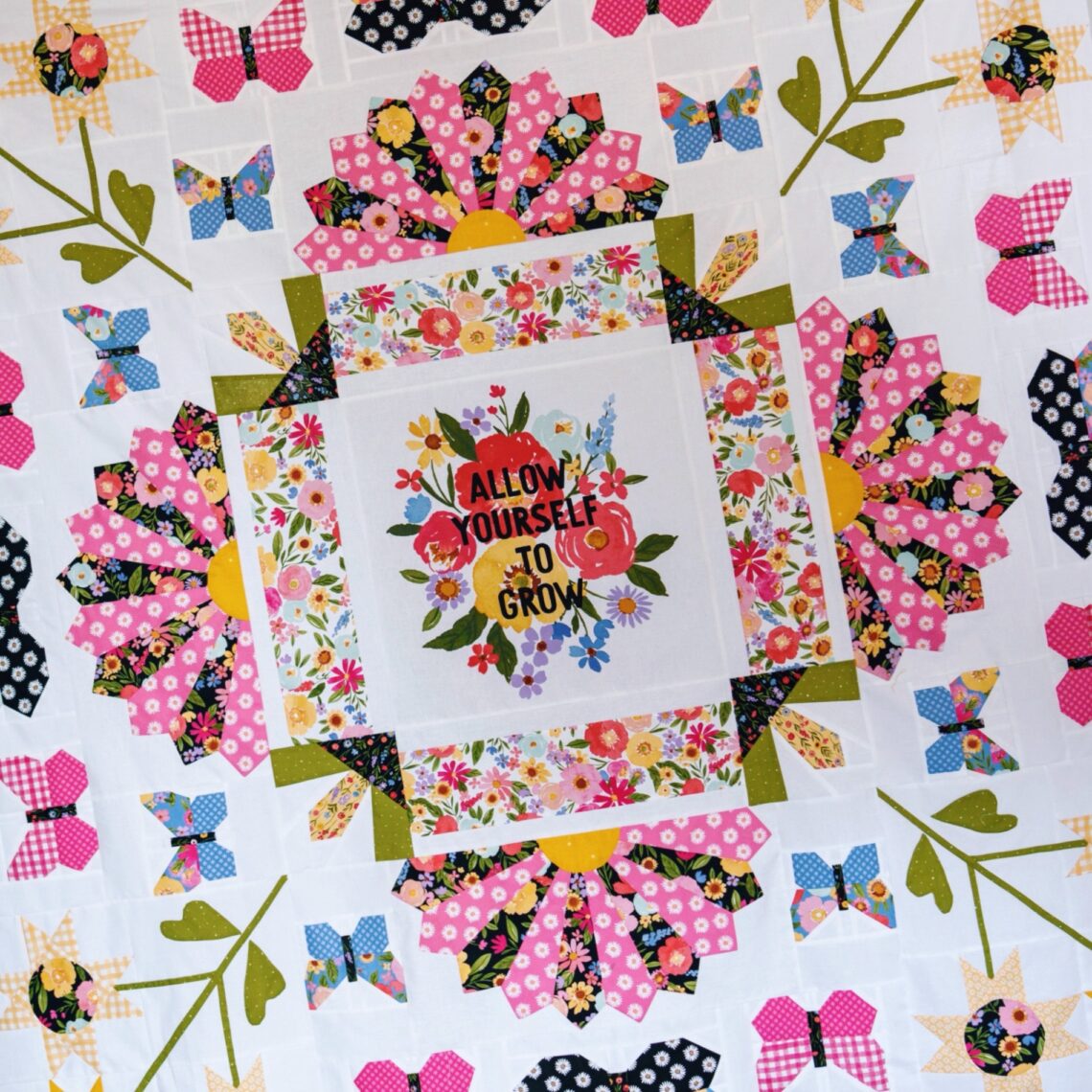
A Modern Medallion Quilt With Flora No. 6 & How to Plan Your Own
Hello makers – it’s Sara from Rose Hill Quilts, bringing you some spring ahead of schedule! It’s still chilly and wet in Oxford, so I have been particularly enjoying the bright prints of the Flora No. 6 collection by Echo Park Paper Co. The watercolour florals are vibrant and cheerful, and the full collection has a gorgeous set of coordinating blenders and a panel.
I have a soft spot for medallion quilts, which hold my interest and attention more than quilts based on block repeats. For this project, I wanted to use different techniques and even try blocks I had never done before.
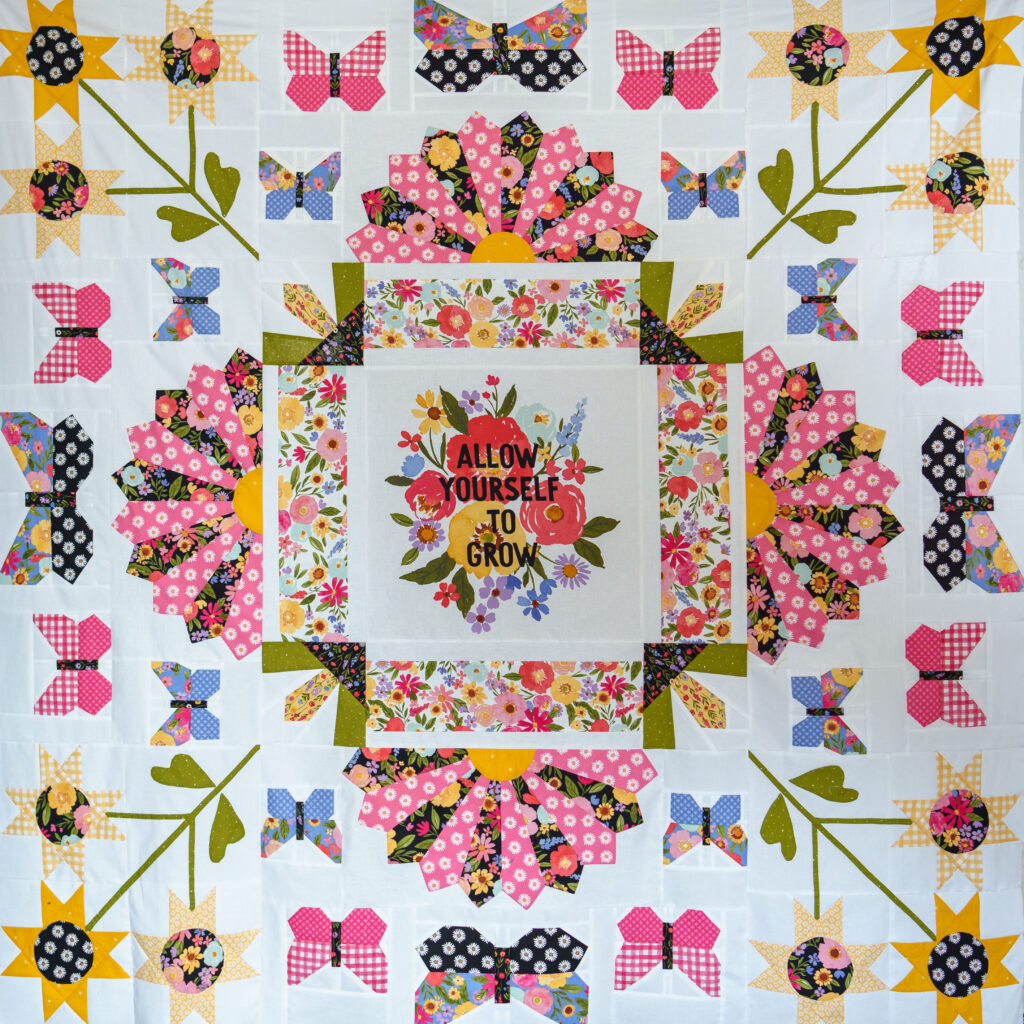
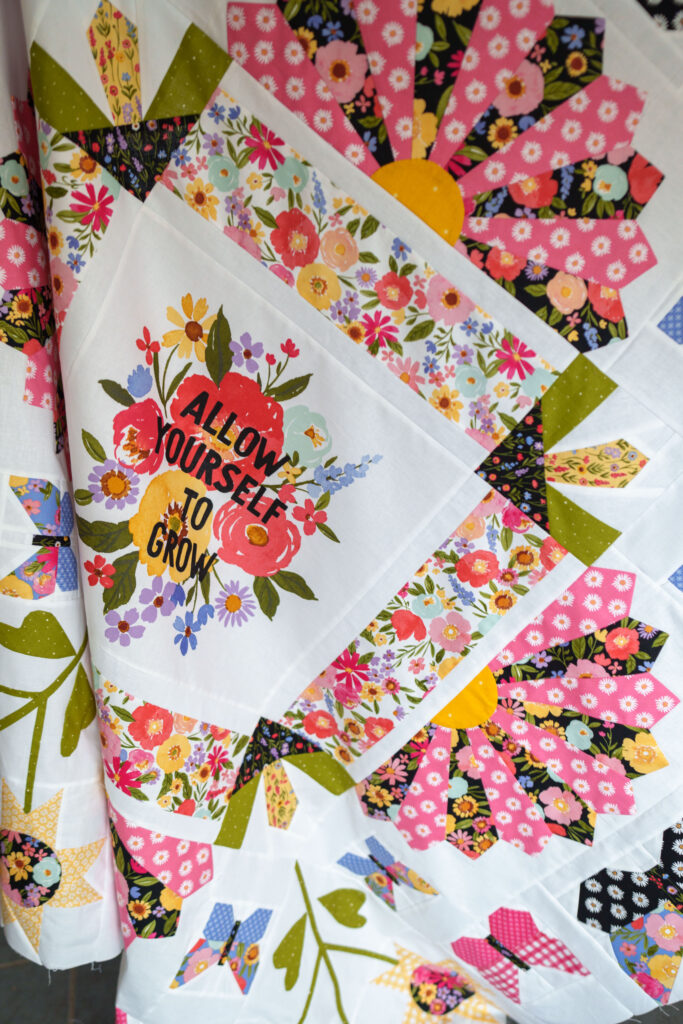
Read on for some top tips on creating your own modern medallion!
Using a Panel as a Central Feature
A medallion quilt starts with a centre block, often a striking or complex design. However, I love featuring a panel for the centre of a medallion quilt. This helps set the scene for all the colours to be used in the rest of the quilt, and it makes for quick progress!
The Flora No. 6 collection has a panel with four options to choose from. Each of them can be cut at 16.5 inches, finishing as a 16-inch square. This is a really good size for a medallion quilt centre.
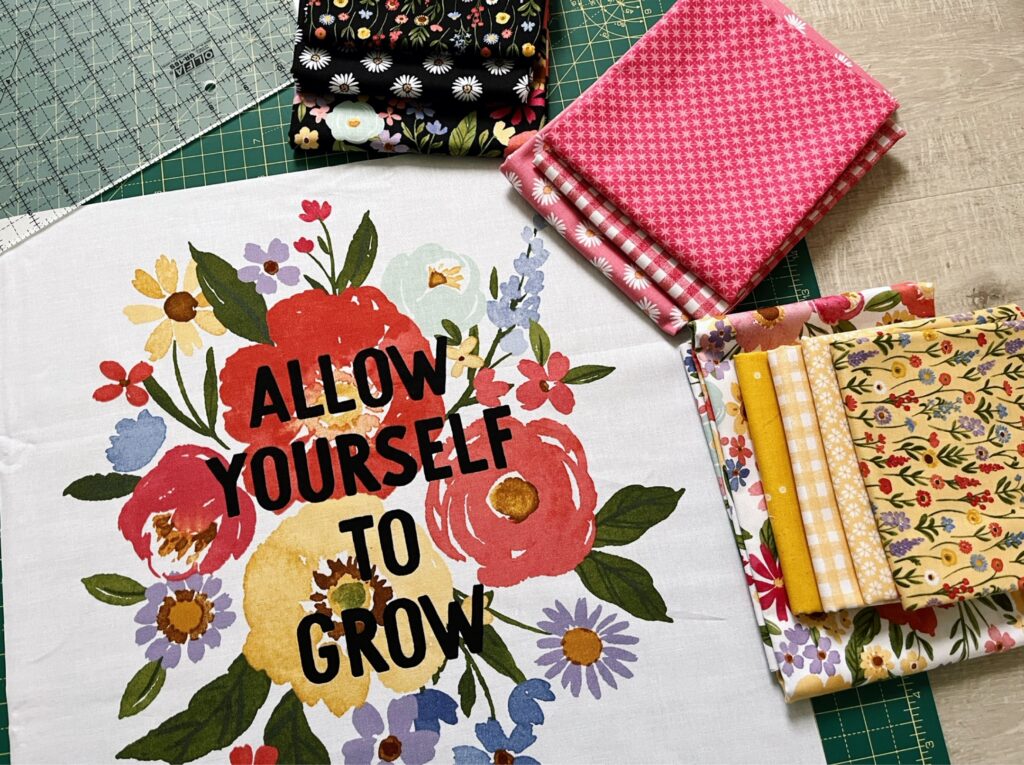
Trying New Techniques
When you work on a medallion quilt, you will work from the centre block outwards, with a mix of plain borders and pieced blocks. You will have a lot of scope for variety! I like to plan a range of blocks for the different borders. This helps me stay engaged and interested in making progress with my quilt, rather than having to repeat the same block many times. It’s also a good opportunity to try new things, because you can just do a few blocks. In this case, I made my first ever Dresden plate blocks! I used a free tutorial and template and chose the 20 blade option, with 10 blades for the semicircles.
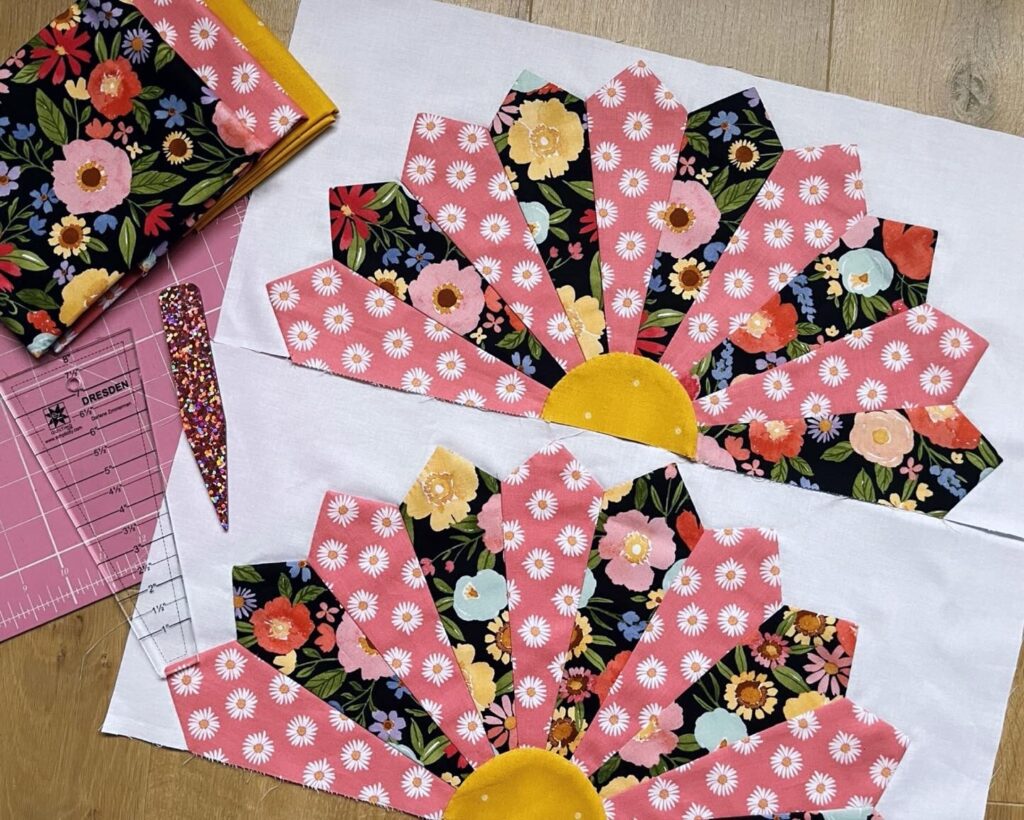
Being Flexible About Your Planned Design
I didn’t use to plan my medallion quilts, I simply chose a centre that looked interesting, and improvised from there. In this case, I needed to plan ahead to make sure I had enough Flora No. 6 fabric for each of the pieced borders. To get started, I did a basic design in the EQ8 software. You can also make an overall plan and fabric calculation with pencil and paper. My design changed as I was working on the quilt, particularly when my Dresden blocks ended up bigger than expected (this is the down side of trying new techniques!). You can see how the project started and evolve in the gallery below.
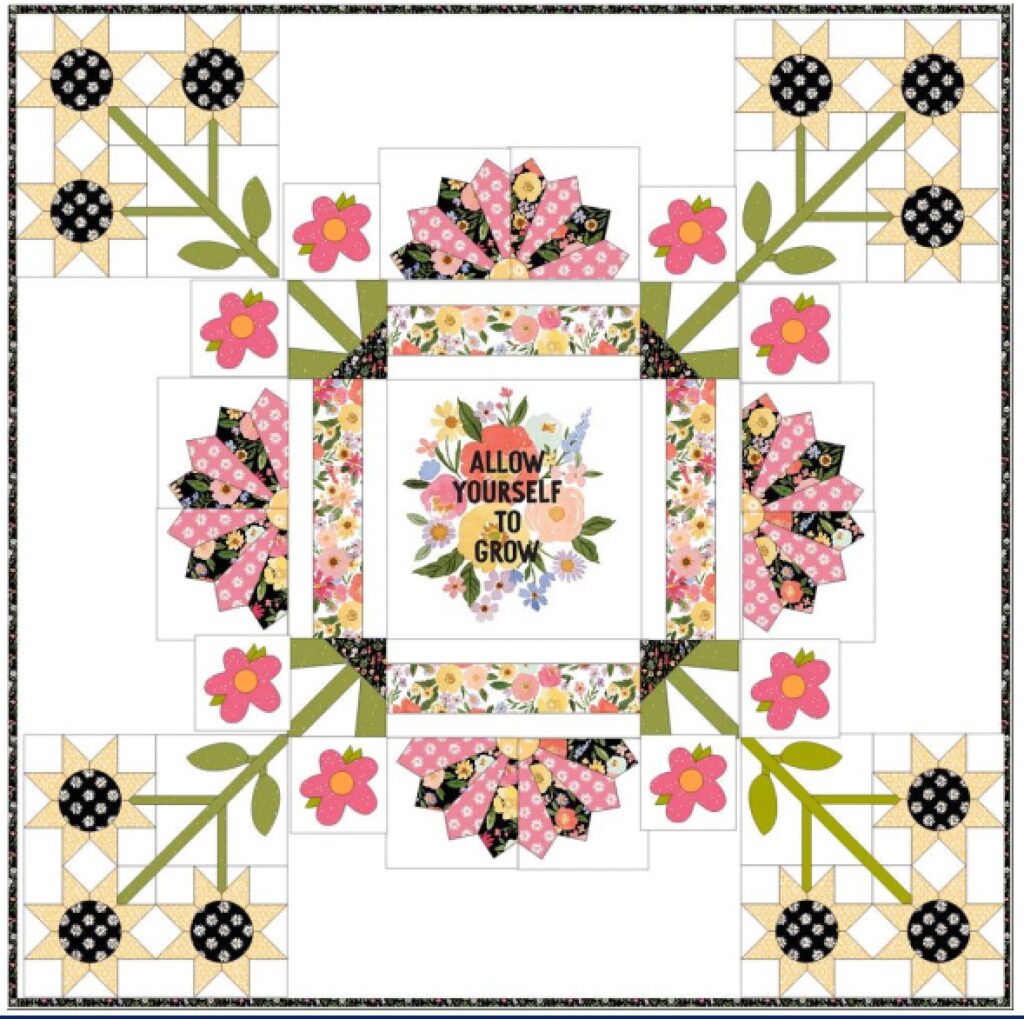
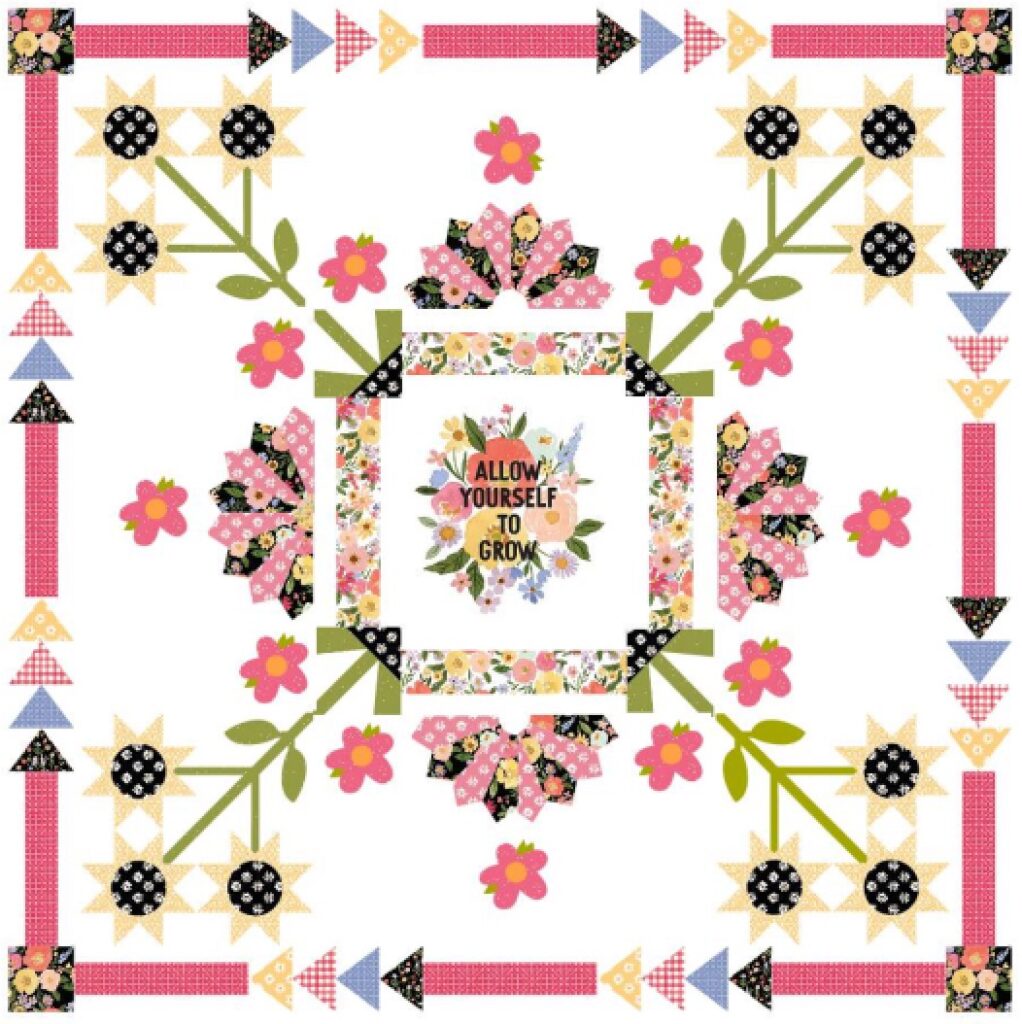
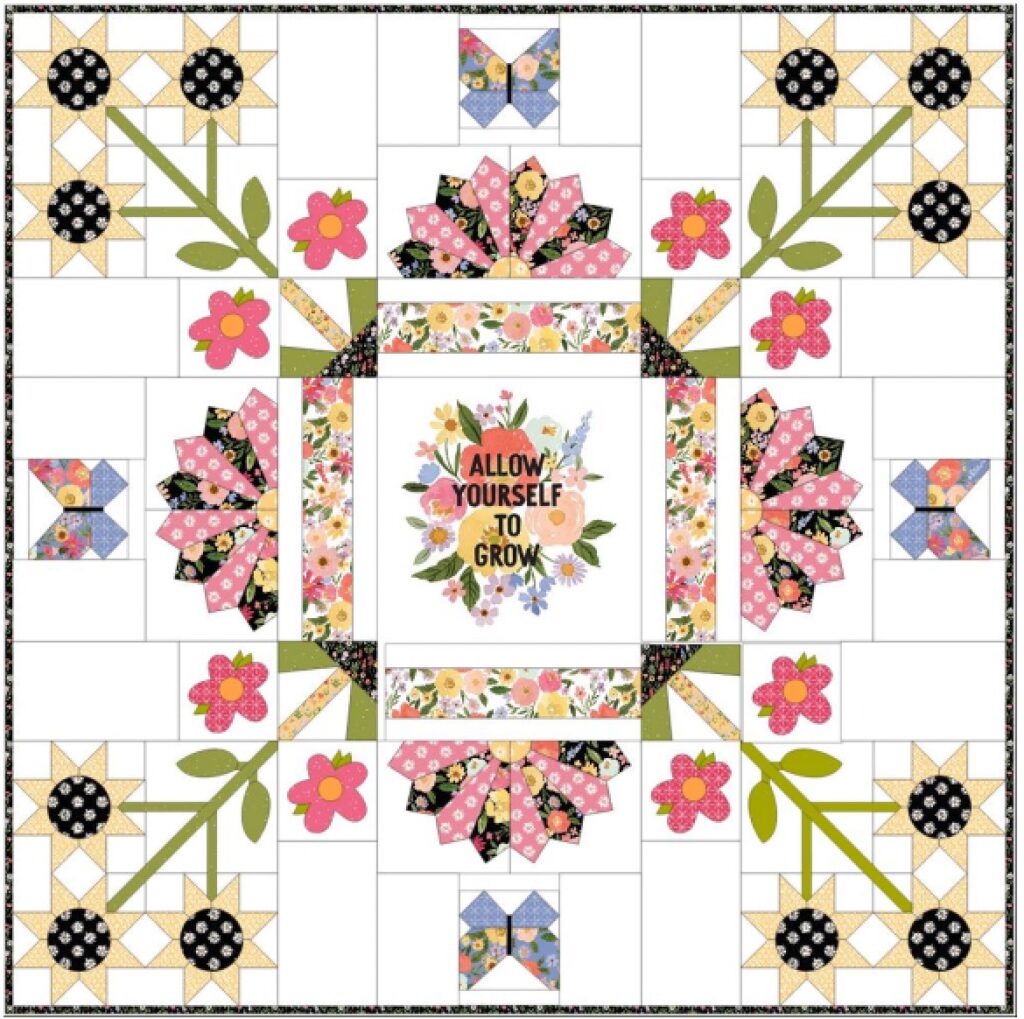
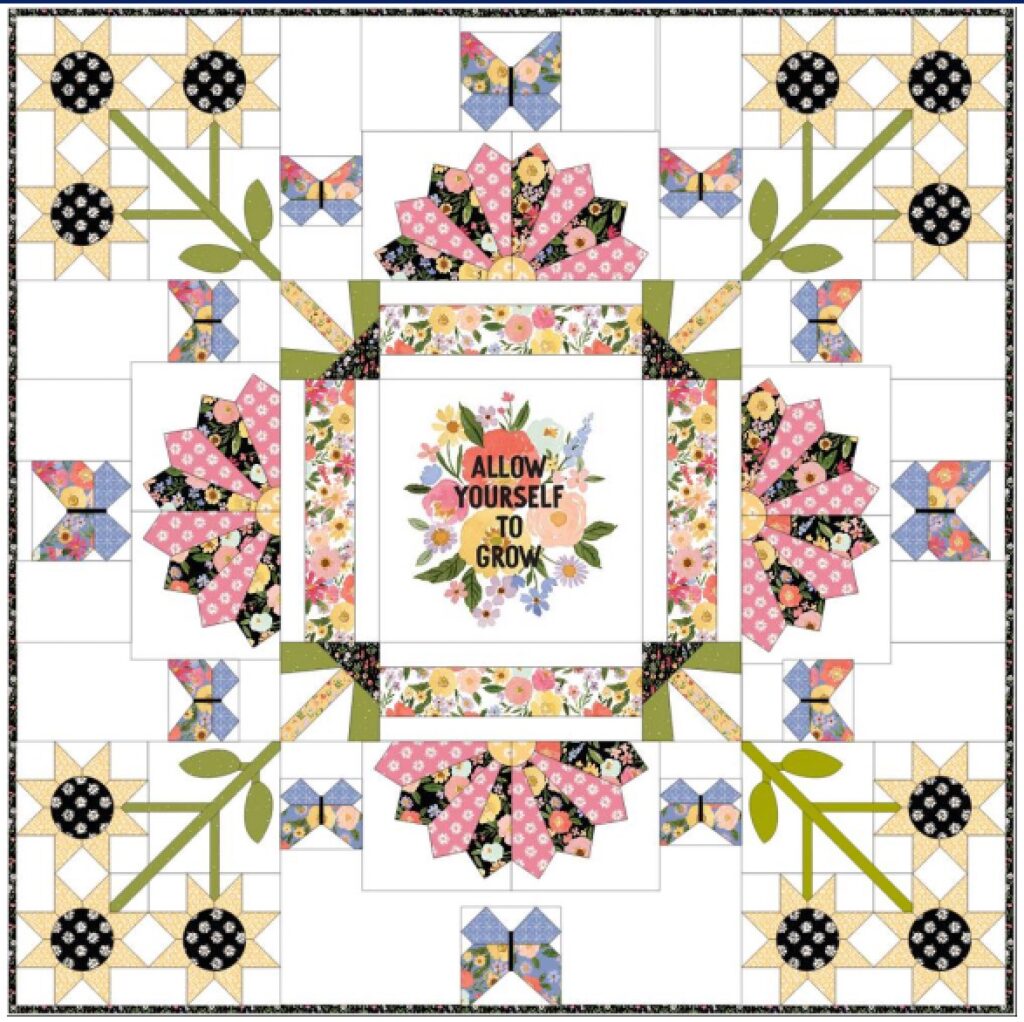
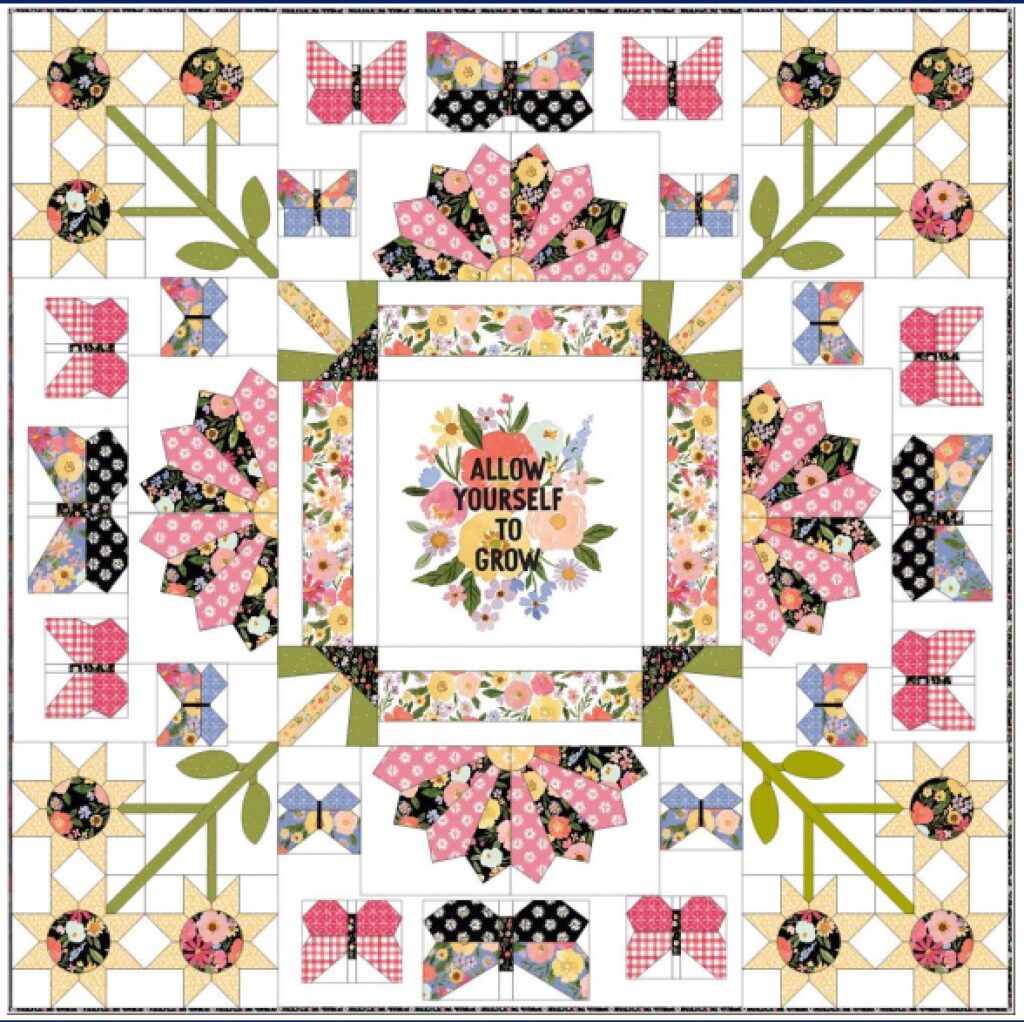

A Little Flora No.6 Bonus Project
Panels make quick quilting projects, and I often use them for mini quilts or cushions. These can become perfect hand made gifts for friends and family! The full Flora No. 6 panel has four different lovely motivational declarations. I turned one of them into a simple quilted pillow, and used the panel yellow floral edges to make the pillow binding.
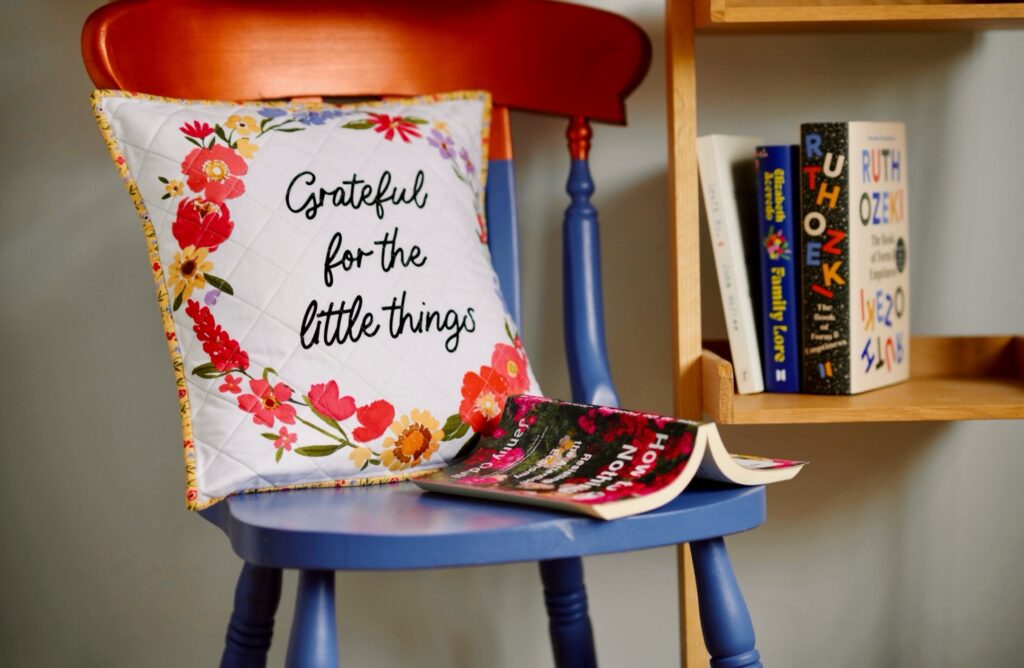


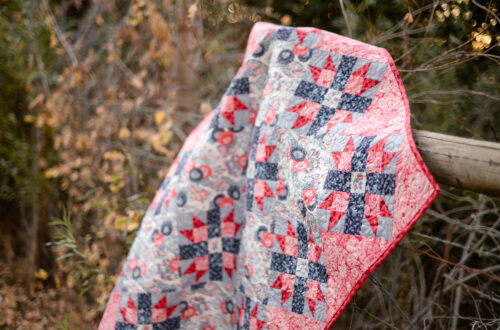
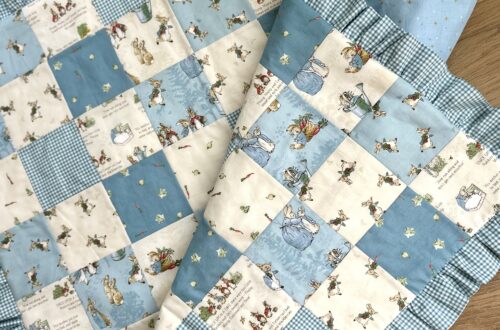
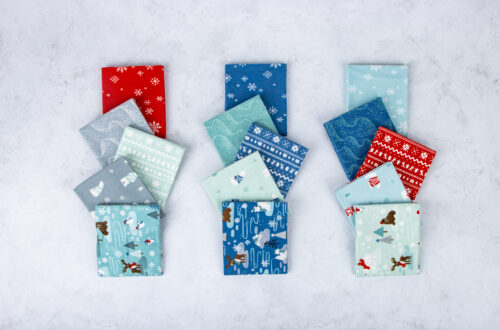
2 Comments
Lesley Weedon
The detail on this is amazing!! What a beautiful quilt.
Alexis Plunkett
Adorable pillow!